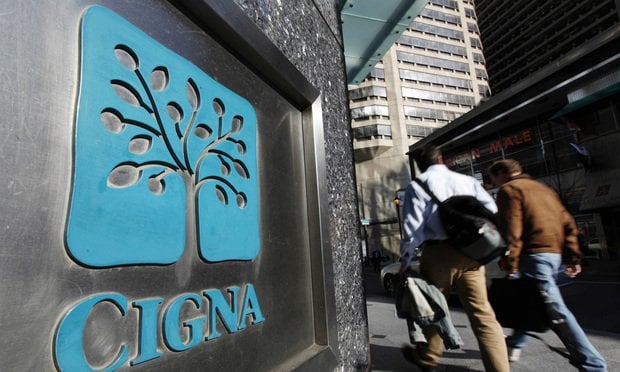 Newton's laws of motion may have been the bane of your high school existence, but in reality, they affect every part of our lives, including annual enrollment! (Photo: Shutterstock)
Newton's laws of motion may have been the bane of your high school existence, but in reality, they affect every part of our lives, including annual enrollment! (Photo: Shutterstock)
This is the time of year when most benefits professionals are taking a slight breather after completing the fall annual enrollment season. In reality, most of you are already actively reviewing the results before you start to plan for this year's enrollment.
As you prepare for the year ahead, think back many moons ago to some of the first lessons you had in physics. Newton's laws of motion may have been the bane of your high school existence, but in reality, they affect every part of our lives, including annual enrollment!
Recommended For You
Complete your profile to continue reading and get FREE access to BenefitsPRO, part of your ALM digital membership.
Your access to unlimited BenefitsPRO content isn’t changing.
Once you are an ALM digital member, you’ll receive:
- Breaking benefits news and analysis, on-site and via our newsletters and custom alerts
- Educational webcasts, white papers, and ebooks from industry thought leaders
- Critical converage of the property casualty insurance and financial advisory markets on our other ALM sites, PropertyCasualty360 and ThinkAdvisor
Already have an account? Sign In Now
© 2025 ALM Global, LLC, All Rights Reserved. Request academic re-use from www.copyright.com. All other uses, submit a request to [email protected]. For more information visit Asset & Logo Licensing.








